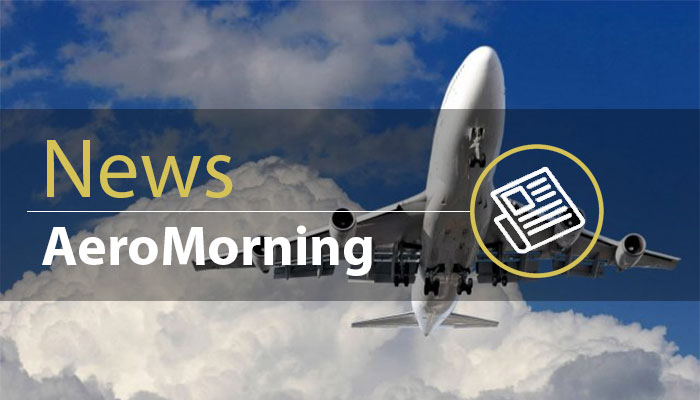The air freight market in 2023
In 2022, we discussed an increased demand for air freight, and the resulting need for aircraft prime for conversion from passenger to freighter. The most significant factor leading to this demand was the COVID-19 pandemic and resulting accelerated e-commerce market. After all, the plunge in passenger air travel meant that the 50% of air cargo transported in the hold of passenger aircraft was no longer available. In reaction, logistics companies sought an alternative source for transport of their air cargo, and airlines adapted.
The outcome was significant growth and ingenuity in the conversion of passenger aircraft to freighter aircraft. In our previous article, we discussed some of the challenges faced by stakeholders in the conversion industry, such as the retirement of older aircraft (as airlines sought to invest in more efficient new generations of aircraft). We also discussed the availability of slots at conversion facilities, which faced far more demand than they could accommodate. In 2022, for example, slots at most major conversion facilities were booked up until 2024, or in some instances, until 2026.
Of course, the return of availability in the hold of passenger aircraft has necessarily taken some of the pressure off the conversion market. Nevertheless, while some analysts predicted a sharp downturn in the conversion market over the next several years, the relative demand for air cargo remains strong. In fact, relief from the pandemic high may have benefited certain sectors of the conversion industry who may have been struggling to service the full market demand due to constraints on slot availability, staffing shortages, and available aircraft for conversion.
Setting aside the volatile market changes over the past four years, market predictions demonstrate continued growth looking ahead in air cargo generally. Market research firms have predicted an annual growth rate of 5.7% during 2023-2028, which should result in a $413 billion dollar industry by 2028, an increase in $125 billion from 2023. This prediction comes as no surprise as certain factors prevent a sharp downfall in conversions: First, the return of space available in passenger aircraft is not instantaneous, converted aircraft will continue to bridge the gap as passenger travel rebounds. Second, more freighters are needed today to support trends in the diversification of manufacturing, particularly away from China, where rising labor costs as well as future concerns of over reliance due to access issues due to the localized COVID restrictions which impacted businesses’ ability to manufacture and export over the past few years.
One narrative that will shift over time is the comparison of the current conversion rate to its all-time pandemic high. That is, although market growth as compared to 2020-2021 has and will decrease, a more accurate indicator of growth may be to compare the market to pre-pandemic levels. If the air cargo market keeps with the projected growth rate of 5.7% annually, there will be a need for a freighter fleet over 60% larger than we have today. In summary, the demand for conversions and experts in the conversion process remains strong.
Source : Reed Smith LLP












Be the first to comment on "the air freight market"